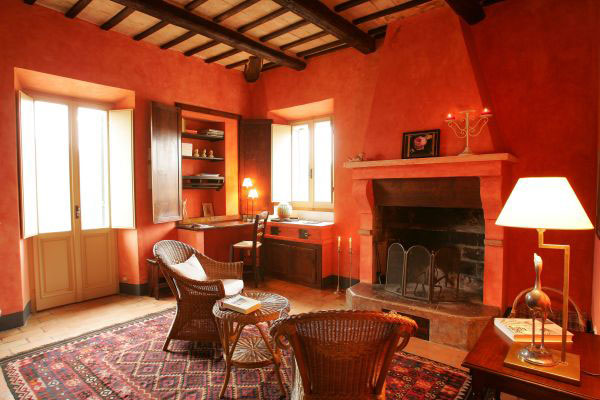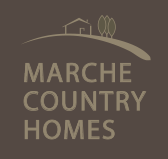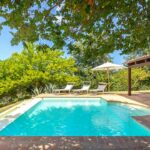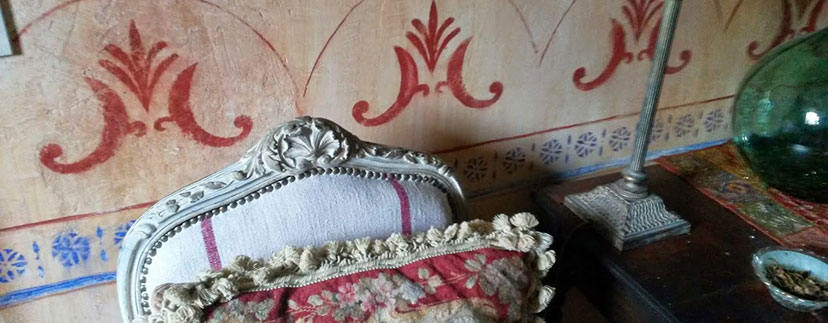
Rural houses are notoriously built in bricks or in local stones, usually their walls are never perfected but most of the times they are left untreated, or rustic. Special materials coat these walls so that they get two main coats: plaster and smooth plaster.
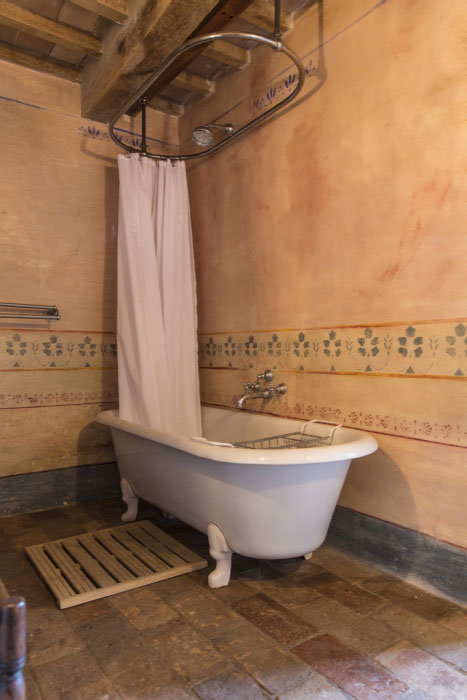
There are many words that define the first layer of a wall on rural houses: among them the most common word is “rinzaffo” (i.e. cement + sand) and plaster.
Traditionally in the Region Le Marche the construction worker mixes sand together with lime: this is actually the blend that is mostly used during renovation works on rural houses, as a natural alternative to concrete. The wall can breathe and together with oxides or iron, zinc or lead, they can create more natural colors and absolutely right for the style of the typical rural house of the Region Le Marche.
Once the right mixture has been made, the construction worker picks it up using a trowel and throws the mixture against the wall, creating a typical noise similar to a “splaf”, and then he will spread the mixture in round motions using a grout trowel.
The skillful use of grout trowel is very important, using the same tool the mixture can intersect among irregular bricks and stones indoors or outdoors, or it can be used as a base for the second layer.
Let’s talk about the second layer of plaster, there are several alternatives, since it can be unpolished (to be painted) or colored. Only a skilled construction worker can work on this and use specific materials.
In the Region Le Marche this second layer is called “colletta” in Italian (i.e. smooth plaster), a word that comes from “colla” (i.e. “glue”) since it is a very liquid and sticky material, just like glue. In other Central Italian regions it is also called “velo” (i.e. “veil”) and just like a veil the layer is very thin.
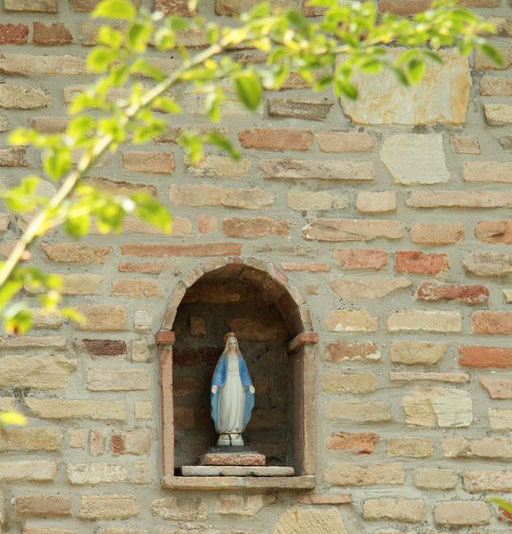
Rural houses in the Region Le Marche, take a look at our selection
The goal is to coat the wall with a more refined layer compared to the unpolished plaster. This second layer, just like the first one, is made of a mixture of lime, or concrete, and thin sand and water. It all gets mixed into a refined mixture that coats the wall using a specific tool named “americana” (i.e. “margin trowel”).
